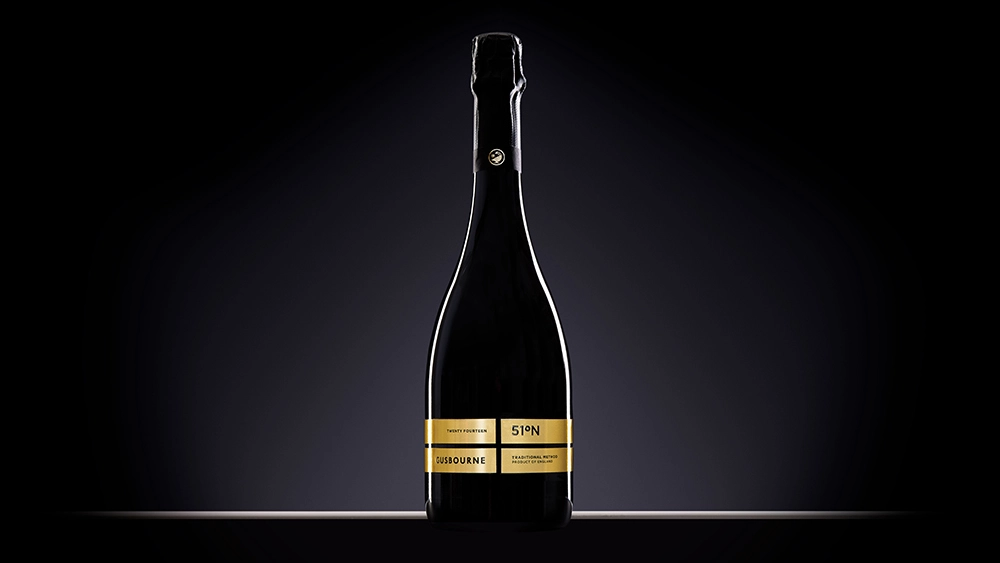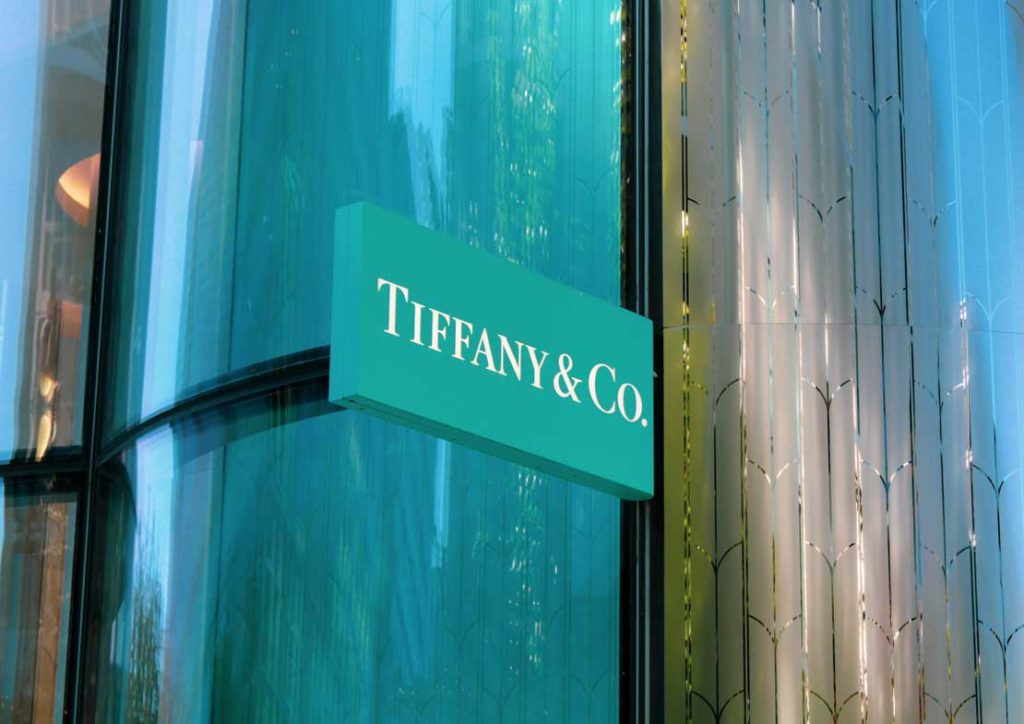The Royal Family, top-flight football, popular music, double-breasted suits and private school education are among the few products that Britain excels at over the rest of the world. Unfortunately, wine is not on that list. Indeed, due to its northerly geography – at least until the age of global warming – most people probably thought the British didn’t even make wine, never mind fine wine. However, in the last few decades, British wine (which, in this instance, means sparkling wine from southern England) has become the plat du jour of the hip and trendy. Its reputation continues to soar from a standing-start, and wine lovers – whether from Britain or further afield – are suddenly interested in tasting it.
As a fine wine collector, I have never bought a single bottle of English wine. On the rare occasions I drank (or was forced to drink) it, I was singularly unimpressed. For the price (often more than £30 per bottle), the quality seemed insufficient to justify the expenditure. Stylistically, the wines appeared uniformly light, acidic and simple. In short, why bother when a good bottle of Champagne is so accessible at a similar price?
Then, Gusbourne Estate came onto my radar. In both 2021 and 2022, the estate ranked sixth highest in the Golden Vines® World’s Best Rising Star Award. Fine wine professionals – 950 in all – from 108 countries voted for the 2022 Awards in the annual poll which is independently verified by Deloitte. For an English maker of sparkling wine to receive so many votes was clearly unprecedented, and indicated that many fine wine professionals considered the estate to be making not only fine wine, but some of the finest wine from up-and-coming producers anywhere in the world.
Gazza’s Knee Surgeon
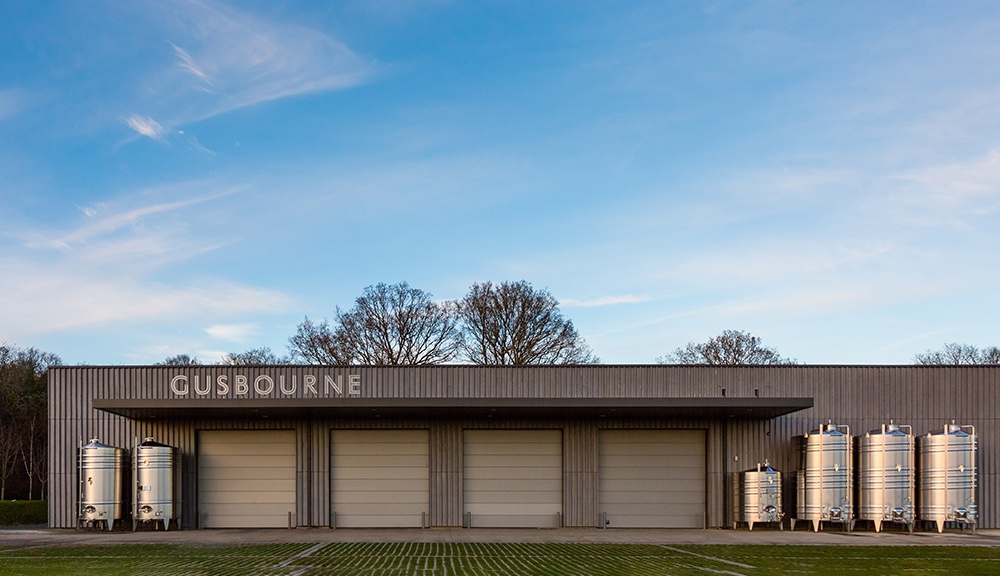
Gusbourne Estate was founded by Andrew Weeber in 2004. A famed South-African born orthopaedic surgeon, he had once fixed Paul Gascoigne’s (self-inflicted) torn knee from the 1991 FA Cup Final. Weeber was part of the second wave of English sparkling wine’s renaissance (after the first-wave pioneers at Nyetimber and Ridgeview), purchasing 200 hectares of farm land divided between Kent and West Sussex. By 2013, the estate had grown to 93 hectares under vine and Weeber needed a capital injection to project the estate forward. Gusbourne reversed into a shell-company on the AIM market, with Lord Ashcroft – a business tycoon and former Chairman of the Conservative Party – acquiring a near two-thirds stake in the public business. Today, Gusbourne Estate has a market capitalisation north of £40 million, which is likely to grow as the estate is planting a further 45 hectares of vines for production over the coming years.
The vineyards in Kent are composed of Wealden Clay and Tunbridge Wells sand (with some silt), leading to fuller, rounder and richer ‘vinous’ wines. Those in West Sussex are on chalk, loamy clay interspersed with some deep topsoils, and are characterised by lighter, perfumed, textured wines. Both Kent and West Sussex are made up of roughly 50 percent Chardonnay, 40 percent Pinot Noir and 10 percent Meunier, although Chardonnay is proportionately the bigger crop. Gusbourne only vinifies wines from its own grapes. Unlike other English sparkling wine estates that are producing more non-vintage wines, Gusbourne is solely focused on selling vintage wines.
Pushing the Envelope
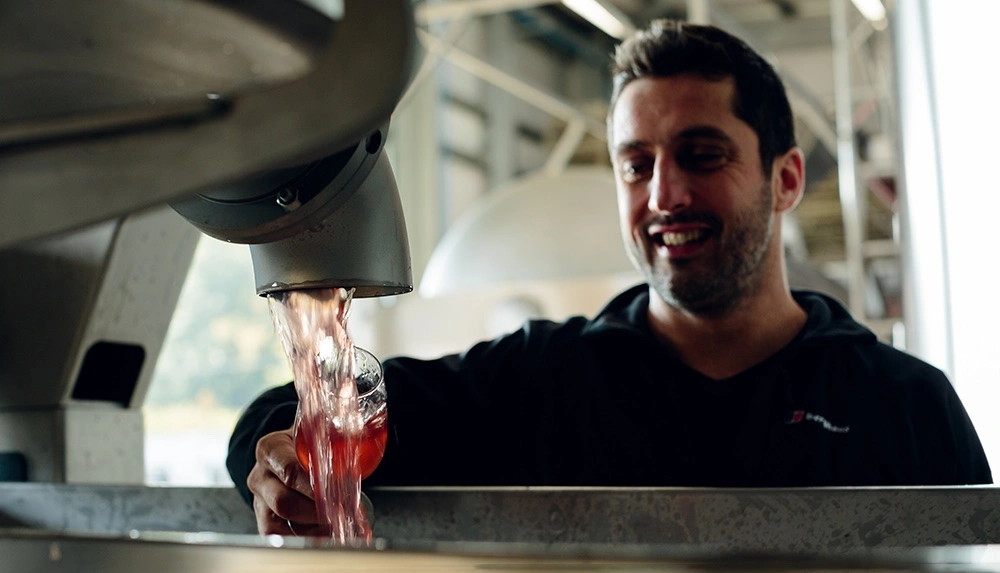
In Charlie Holland (pictured above), they have an unusual combination of Chief Winemaker and Chief Executive Officer. (Indeed, Jon Pollard, the chief vineyard manager also fulfils the role of Chief Operations Officer.) Charlie joined Gusbourne in 2013, having previously been a winemaker at one of the earliest pioneers of the English sparkling wine scene, Ridgeview in East Sussex. Alongside global ambassador, Laura Rhys MS – who I have known for a number of years and consider a very thoughtful and learned individual – the Gusbourne team is young, dynamic and impressive.
Attention to detail, and a diligent willingness to trial as many options as might appear possible underpin their dedication to making the best wine from the grapes that southern England has to offer. “In both the vineyards and the winery, we’re continuously adapting and improving the way we work, seeking out the one percent improvements that can add up to significant change,” Charlie tells me. “We’re pushing the envelope.” This has included introducing cover crops between the vines, cultivating and seeding with clover, rye grass, meadow grass, chicory and plantain whose deep roots bring nutrients to the topsoils. They have also introduced sheep into the vineyards during the winter months, helping to manage the weeds, fertilise the land and avoid soil compaction caused by tractors and heavy machinery.
In the cellar, Charlie’s team of five winemakers are experimenting not only with different types of tanks and ageing vessels – including amphora from Portuguese producer Herdade do Rocim – but each winemaker is encouraged to produce small batch, limited edition bottlings. “The idea is to give our winemakers scope to put their own stamp on our range of wines,” Charlie explains, “which then allows us to see what works and doesn’t work, incorporating the successes into our future winemaking.” This year will see a sweet wine Chardonnay (Chardonnay RS180), a still Rosé, a Wild Ferment Chardonnay and a Pinot Noir Blanc: additions to an ever-growing list of different cuvée bottlings. It should, therefore, come as no surprise that eventually Gusbourne would release a top-of-the-line Prestige Cuvée.
51 Degrees North
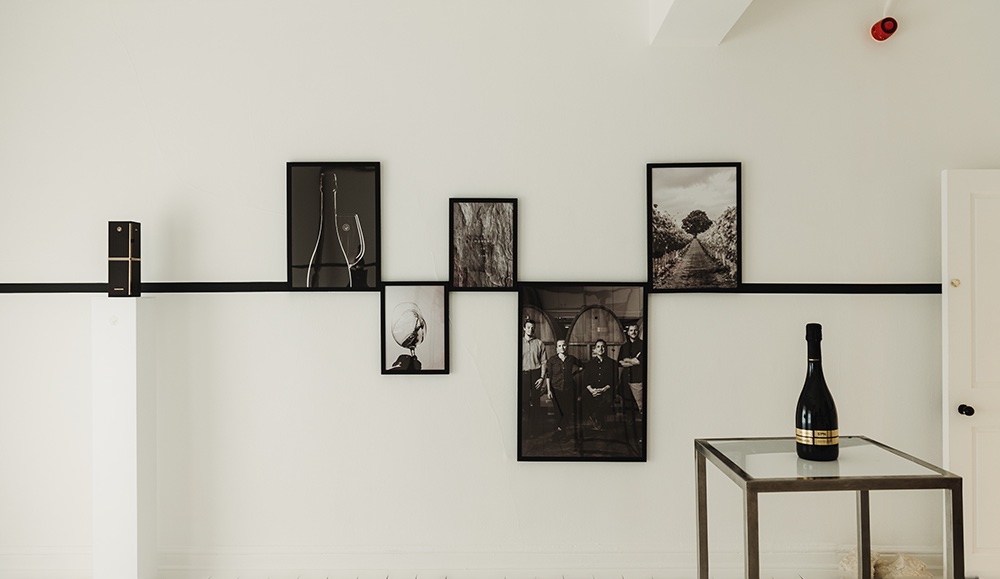
As Charlie explains, “Our founder, Andrew Weeber, was a step ahead of the curve: always looking to the future. In 2007, he decided to hold back a tranche of that year’s Blanc de Blancs vintage. Andrew wanted to observe how a longer than usual maturation might turn out. On release in 2014, those seven-year-old wines held fascinating layers of complexity.” However, that was just the beginning. Charlie realised that those wines weren’t created with longevity in mind. “It got me thinking. How would we design a Prestige Cuvée: a super-premium, best-of-the-best, late release wine from scratch?” Thus began the long and difficult journey to create Gusbourne Estate’s ultimate expression – Fifty One Degrees North, named after the latitudinal location of the vineyards.
“England is not an easy place to make wine,” Charlie tells me. “The Champenoise think it’s a very extreme place to make good wine: that doesn’t mean it’s not possible, but you have to work very hard. Blood, sweat and tears are required. You have to be on your toes and think creatively each year. 51 Degrees North is the very best we can do.”
The 2014 vintage of 51 Degrees North is a blend of two-thirds Chardonnay and one-third Pinot Noir. Charlie chose Chardonnay from the Boot Hill vineyard in Kent. Here, the clay and sandstone soils lend the fruit characteristic silkiness, roundness and weight. The Pinot Noir comes from the chalkier West Sussex vineyards, adding further layers of complexity. With an unfashionably high eight grams of dosage (added sweetness) and spending 80 months on lees, “it’s a wine that truly sings”, according to Charlie. “There were certain key markers we were trying to reach: intensity, drive and energy. Although flavour is important, it’s more important for the winemakers to get the structure right and to make sure the essence of the wine remains as it ages”.
Coming of Age
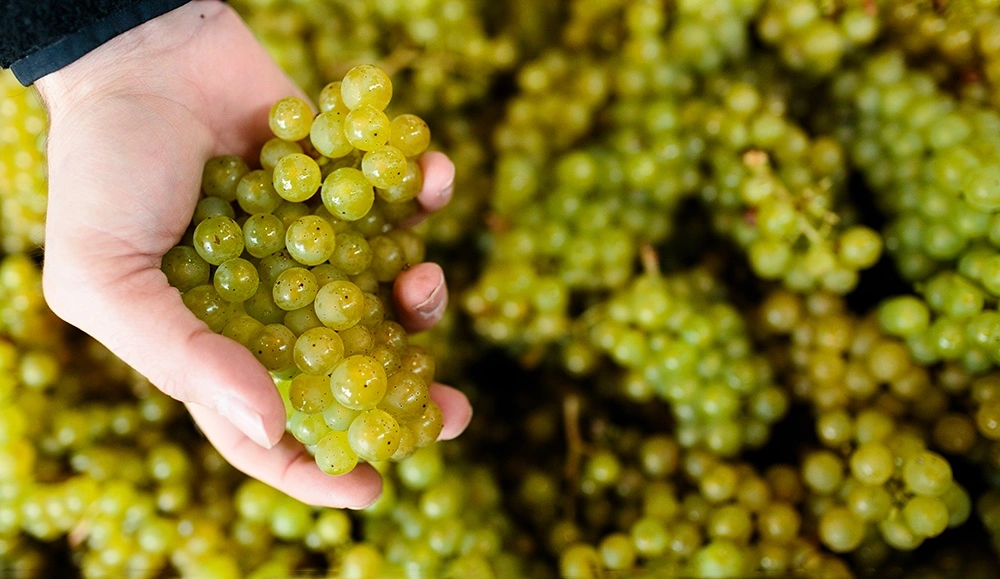
Asked whether a UK Prestige Cuvée is a consequence of (or opportunity thanks to) climate change, Gusbourne’s Global Brand Ambassador Laura Rhys MS says: “We’ve seen change in recent years, and so the ripeness levels we can achieve have increased,” she responded. “Also, our knowledge of the vineyard sites and the experience we have of making world-class wine has expanded over the years – but our intention has always been to create a wine like 51 Degrees North.”
Charlie adds: “I don’t think it’s a consequence of climate change. It’s more to do with timing. It’s about the industry being ready; it’s about customers being ready; and it’s about us being ready. We know what works and the industry’s really ready to embrace that. I am not sure it could have happened sooner. We’ve come of age.”
The Highest Priced English Wine
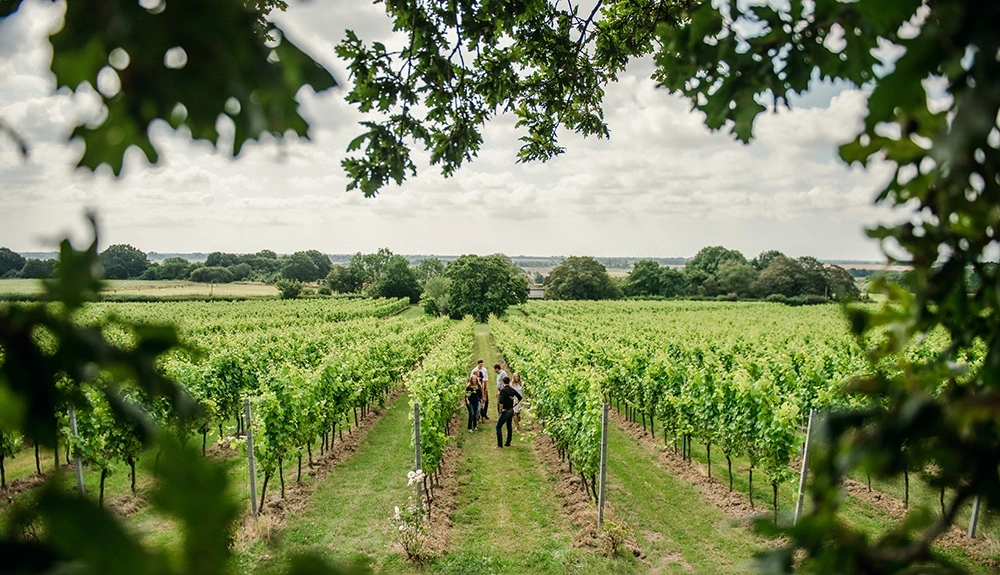
Currently, 51 Degrees North is only available only in 75cl bottles, but Charlie is planning on releasing larger formats in the future. With a production of a mere 3,500 bottles and made only in the best vintages, 51 Degrees North is priced at £195 per bottle, making it England’s most expensive wine (it’s a price level similar to Krug Grande Cuvée 170eme). When I raise an involuntary eye-brow, when told the price, Jonathan White, Marketing Director, felt obliged to explain the pricing policy: “Our intention has always been to create a world-class Prestige Cuvée, which we believe we’ve done. Therefore, it should have a corresponding price point compared with its peers, such as Cristal and Bollinger Grande Année, as well as close vintages from Krug and Dom Pérignon. The wine matched up in terms of quality throughout several internal benchmark tastings, conducted blind, prior to the launch of the 2014, so that felt like the appropriate price point.”
Given the small production size and cost, 51 Degrees North is a hand-sold product. Gusbourne chose to launch it with a small number of preferred UK trade listings, along with a retail presence in Fortnum & Mason. Today, it can be found on the wine list at a number of well-known clubs and restaurants, such as 67 Pall Mall, Pan Pacific Hotel, The George, The Pig Hotels, Whatley Manor and two-Star Michelin restaurants Ynyshir in Wales and Moor Hall in Lancashire. It will premier in the United States in June, although getting your hands on a bottle of this first vintage will likely prove difficult given the tiny allocations made available to each of Gusbourne’s key markets. There’s also the possibility of joining Gusbourne’s Direct Allocation Membership club as an alternative way of sourcing the bottles.
The moment of truth, though. What does it taste like? On pouring, the nose pleasantly reeked of iodine and seaweed minerality, giving way to the smell of tinned fruit and, finally, brioche and patisserie. I loved the depth and intensity on the mid-palate, and the satisfyingly long finish of tingling acidity. Unlike many English sparkling wines, this one has some flesh and the eight grams of dosage doesn’t feel out of balance with the other constituent parts. Indeed, I liked the wine so much I bought a few cases on the spot for my own drinking collection.
Does it compare well with Prestige Cuvée champagnes from the likes of Krug and Dom Pérignon? As an Englishman, I would proudly serve 51 Degrees North to my Champenoise friends without fear of being laughed at. It’s very good. In fact, it’s excellent.
Runners & Riders – The Best of The Rest
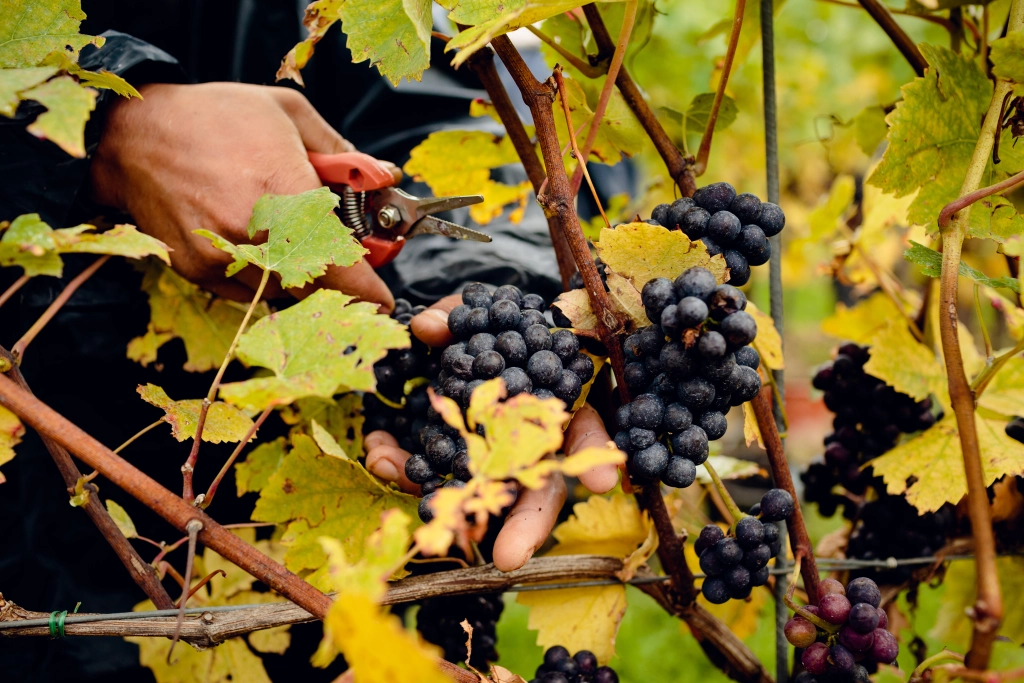
Along with 51 Degrees North, there are a number of other English sparkling wines that claim to be Prestige Cuvées. According to Charlie, “I think there are loads of really good producers in the UK. Ten years ago, you could have argued that lots of people were making the same wines in England – following a recipe – but today, there is real divergence. Winemakers are going down different avenues of exploration. As a result, we have a really diverse and interesting wine scene, helped by the fact that we don’t have the crippling regulations and cultural restraints that exist in other regions, such as Champagne.”
Nyetimber
These first mover pioneers planted Chardonnay when many thought they were nuts and that it would never ripen. They proved the nay-sayers wrong, albeit vignerons often have to wait until October to harvest in England. Nyetimber use only their own fruit from Hampshire, Sussex and Kent. Unlike Gusbourne, they focus more on the non-vintage (multi-vintage) approach. Lighter, more elegant style of wines compared with the wider bodied, weightier Gusbourne style. Their Prestige Cuvée is 1086 Blanc and Rosé which retails at £150 and £175 respectively.
Hambledon
Operating in a very chalky area of Hampshire, Head Winemaker Hervé Jestin was Chef de Cave at Duval Leroy in Champagne for over 20 years. Their Prestige Cuvée is a non-vintage called Premier Cuvée and retails at £55.
Wiston
Thanks to chalky Sussex soils, the style is high acidity, high impact, with no oak malolactic. They produce a late disgorged Prestige Cuvée bottling that retails for £100.
Chapel Down
Possibly the biggest producer of English sparkling wine, with a lot of entry-level wines. From the Kits Coty vineyard in Kent, they produce a Prestige Cuvée ‘Coeur de Cuvée’. The 2013 vintage (which was released in 2016) was the first Prestige Cuvée to be released in the UK, and retails for £100.
Hattingley Valley
Hampshire based producer sourcing fruit from all over England. King’s Cuvée is their Prestige Cuvée, and is often seen as a take on Krug, being oaked and produced from many reserve wines. It retails for £80.
Sugrue
Formerly at Nyetimber and then Wiston as head winemaker, Irishman Dermot Sugrue now makes his own wine in East Sussex, including a number of Prestige Cuvées: The Trouble With Dreams (£49), Cuvée Dr Brendan O’Regan (£125) and Zodo Zero Dosage (£70).
Lewis Chester DipWSET is a London-based wine collector, member of the Académie du Champagne and Chevaliers du Tastevin, co-founder of Liquid Icons and, along with Sasha Lushnikov, the founder of the Golden Vines® Awards. He is also Honorary President and Head of Fundraising at the Gérard Basset Foundation, which funds diversity & inclusivity education programmes globally in the wine, spirits & hospitality sectors. The Golden Vines® 2023 will take place in Paris between 13-15 October 2023, recognising the world’s best fine wine estates as voted by hundreds of fine wine professionals. Please register your interest for tickets on the website: https://liquidicons.com/work/golden-vines-awards. The Robb Report is the Official Media Partner of the Golden Vines® and sponsor of the Golden Vines® World’s Best Fine Wine Producer Award.

